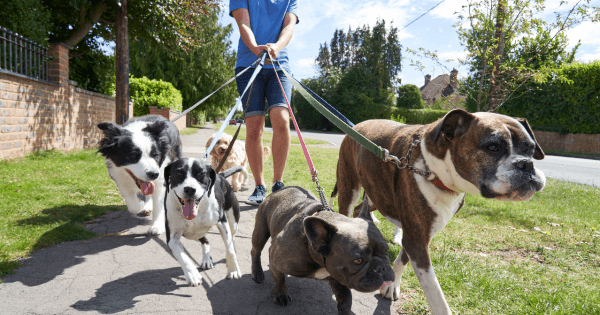Walking your dog is not only a great way to bond with your furry friend but also an excellent way to keep them healthy and active. However, as a dog owner, there are common mistakes you should avoid while walking your dog to ensure their safety and well-being. In this article, we will discuss some of these mistakes and how to avoid them.
Title 1: Not Picking up Your Dog’s Waste
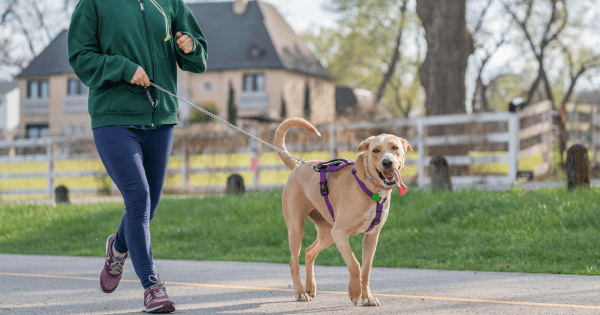
One of the most common mistakes dog owners make while walking their dogs is not picking up their waste. Not only is it unsightly and unhygienic, but it can also spread diseases and parasites. Always carry a plastic bag or a poop scoop with you when you go for a walk with your dog and pick up their waste immediately.
Title 2: Using the Wrong Leash and Harness
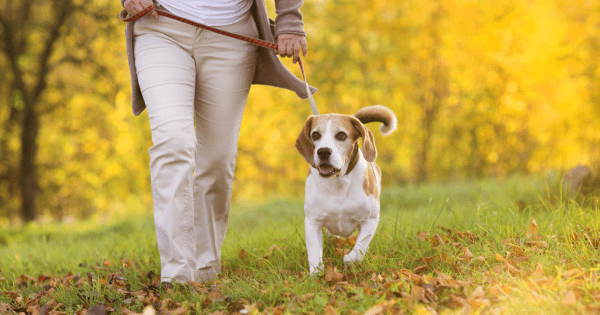
Using the wrong leash and harness for your dog can be dangerous while walking. A leash that is too long or too short can make it difficult to control your dog, while a poorly fitting harness can cause discomfort or even injury. Choose a leash and harness that is appropriate for your dog’s size and breed and ensure that it fits them comfortably.
Title 3: Not Training Your Dog to Walk on a Leash
Another common mistake dog owners make is not training their dogs to walk on a leash. Dogs that are not trained to walk on a leash can pull, lunge, or even run away, putting themselves and others in danger. Take the time to train your dog to walk on a leash using positive reinforcement techniques, such as treats and praise.
Title 4: Walking Your Dog in Extreme Weather Conditions
Walking your dog in extreme weather conditions, such as hot weather or icy conditions, can be dangerous for both you and your dog. Dogs can suffer from heatstroke, dehydration, or frostbite in extreme temperatures. Always check the weather forecast before heading out and adjust your walking routine accordingly.
Title 5: Letting Your Dog Approach Other Dogs or People without Permission
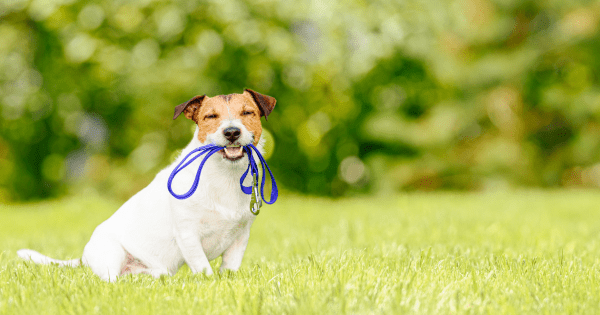
Allowing your dog to approach other dogs or people without permission can be risky. Your dog may be friendly, but other dogs may not be, and people may not appreciate an unfamiliar dog approaching them. Always ask for permission before allowing your dog to approach others, and respect their decision if they decline.
Title 6: Not Keeping Your Dog on a Leash in Public Places
In many public places, such as parks and beaches, dogs are required to be on a leash. Not keeping your dog on a leash in these areas can result in fines or even your dog being taken away from you. Always follow the rules and keep your dog on a leash when required.
Title 7: Not Paying Attention to Your Surroundings
While walking your dog, it is crucial to be aware of your surroundings. Not paying attention can lead to accidents, such as your dog getting into a fight with another dog or getting hit by a car. Keep your eyes on your dog and the environment around you to avoid potential hazards.
Title 8: Walking for Too Long or Too Short
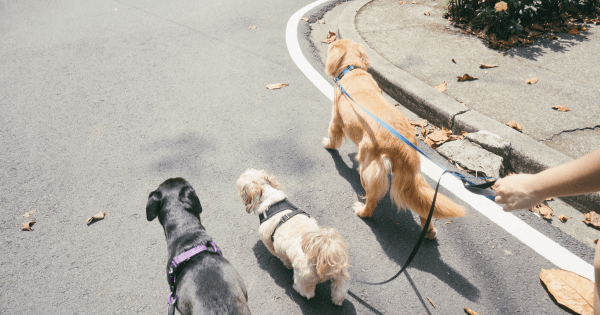
Walking your dog for too long or too short can be harmful to their health. Dogs need regular exercise, but overexertion can lead to exhaustion, dehydration, and other health problems. On the other hand, not getting enough exercise can lead to obesity and other health issues. Know your dog’s limits and adjust the duration and intensity of your walks accordingly.
Title 9: Not Bringing Enough Water
Your dog needs to stay hydrated while walking, especially on hot days. Not bringing enough water can lead to dehydration and other health problems. Always bring enough water for both you and your dog and offer it to them regularly.
Title 10: Allowing Your Dog to Walk Ahead of You
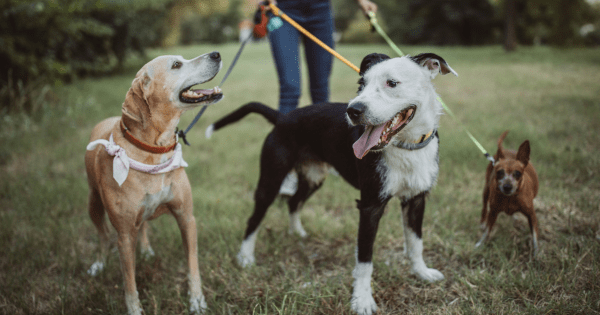
Allowing your dog to walk ahead of you can make it difficult to control them and can be dangerous, especially near traffic or other hazards. Train your dog to walk beside or behind you, using positive reinforcement techniques such as treats and praise.
Title 11: Pulling on the Leash
Dogs that pull on the leash can be difficult to control and can lead to accidents. Using a choke or prong collar can cause discomfort and even injury. Instead, use positive reinforcement techniques such as treats and praise to train your dog to walk calmly on a leash.
By avoiding these common mistakes and following best practices, you can ensure a safe and enjoyable walking experience for both you and your dog. Remember to always prioritize your dog’s safety and well-being while enjoying your walks together.
SEE ALSO: Choosing the Best Dog Breed for Families with Children and Elderly Adults
